Photo
During the construction and repair of residential premises, it is often necessary to determine the location of various electrical wiring elements, such as outlets, switches, etc. There are some generally accepted norms for installing such devices that need to be taken into account for the proper equipment of the construction of the wire for supplying current. In addition, it will be useful to learn several tips on this topic.
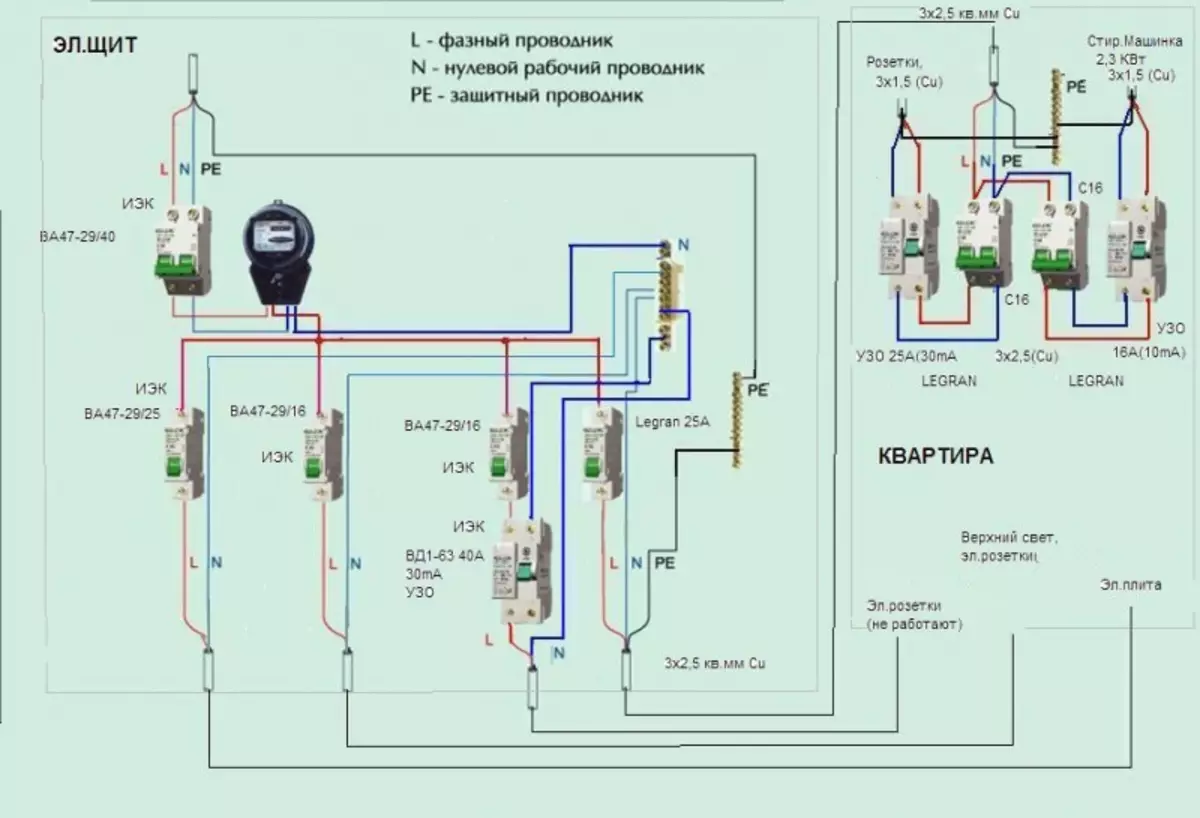
Wiring scheme in the apartment.
The main points of the circuit
In order to correctly determine the placement of sockets and switches, it is important to take into account such information:
It is necessary to make drawings of the location of furniture, lighting and household appliances in the house. From the number of electrical appliances that will be installed in the house, the number and placement of sockets depends.
The switches are better to arrange near the door so that when entering the room it is possible to turn on the light without difficulty.
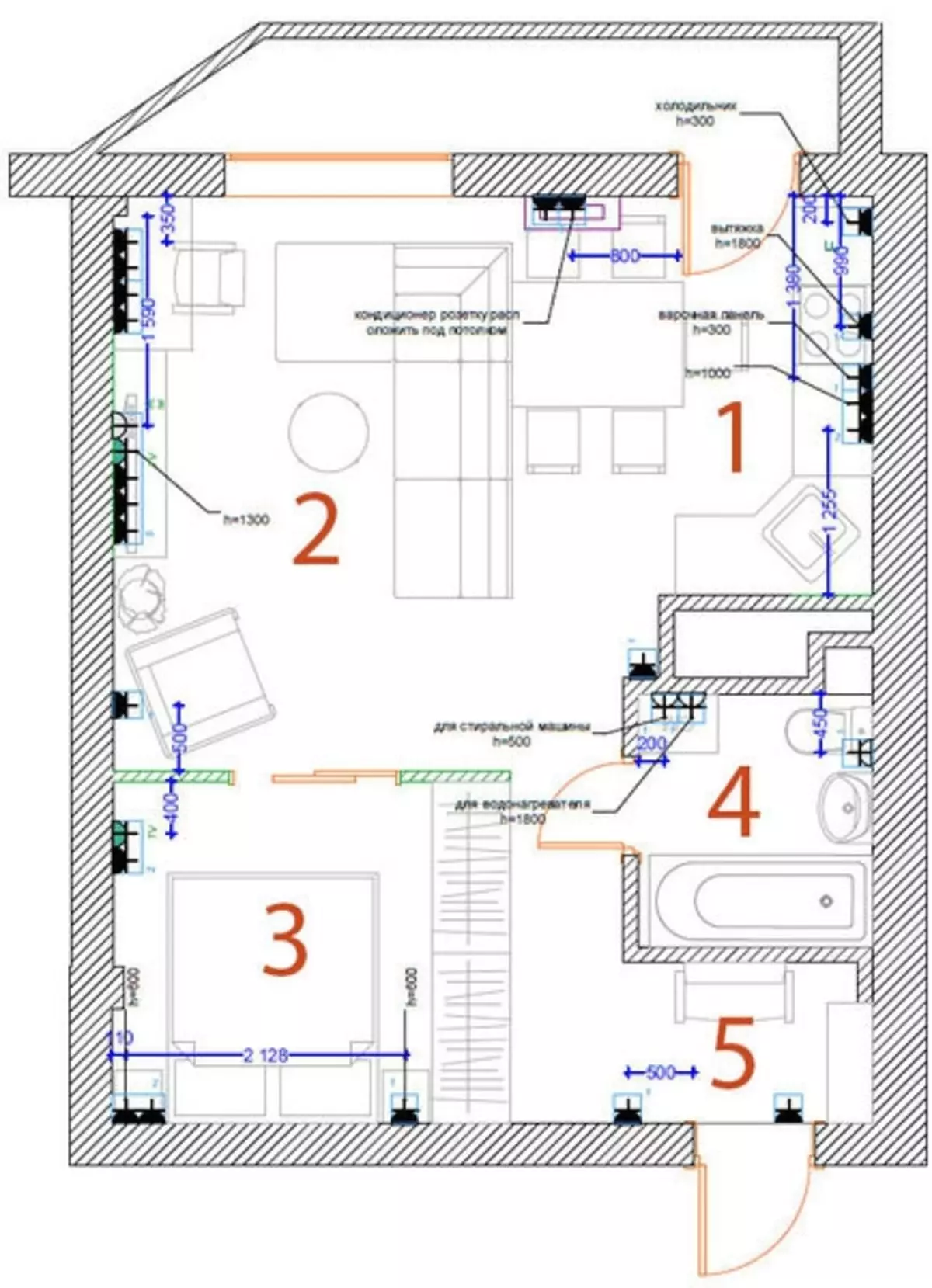
Figure 1. Scheme of correct placement of sockets and switches in the house.
According to the settings for the installation of electrical wiring elements, the sockets must be installed with an interval of at least 0.5 m from the floor of the vertical. However, indoors where there is no high humidity, it is advisable to perform these devices at that height that is most convenient. For example, in the living room or bedroom, it is possible to install sockets at a distance of about 0.2 m from the surface of the floor covering. With this execution, these elements will not be noticeable, but they need to be equipped with special devices to protect against dust and to close access to small children.
Installation of sockets and switches on adjacent walls can be performed in one place, drumming the wall and connecting the power to these elements from one line. (An exemplary layout layout diagram for connecting to the current current is presented in the image 1).
Article on the topic: Air-bubble washing machine and Eco Bubble function
It is not recommended to place devices for connecting to the power grid on the outer wall to exclude moisture from the outside. In the case of forced mounting, in such a place, it is necessary to install a power outlet from 0.1 m from the angle of the window opening.
Drawing up the installation scheme for kitchen
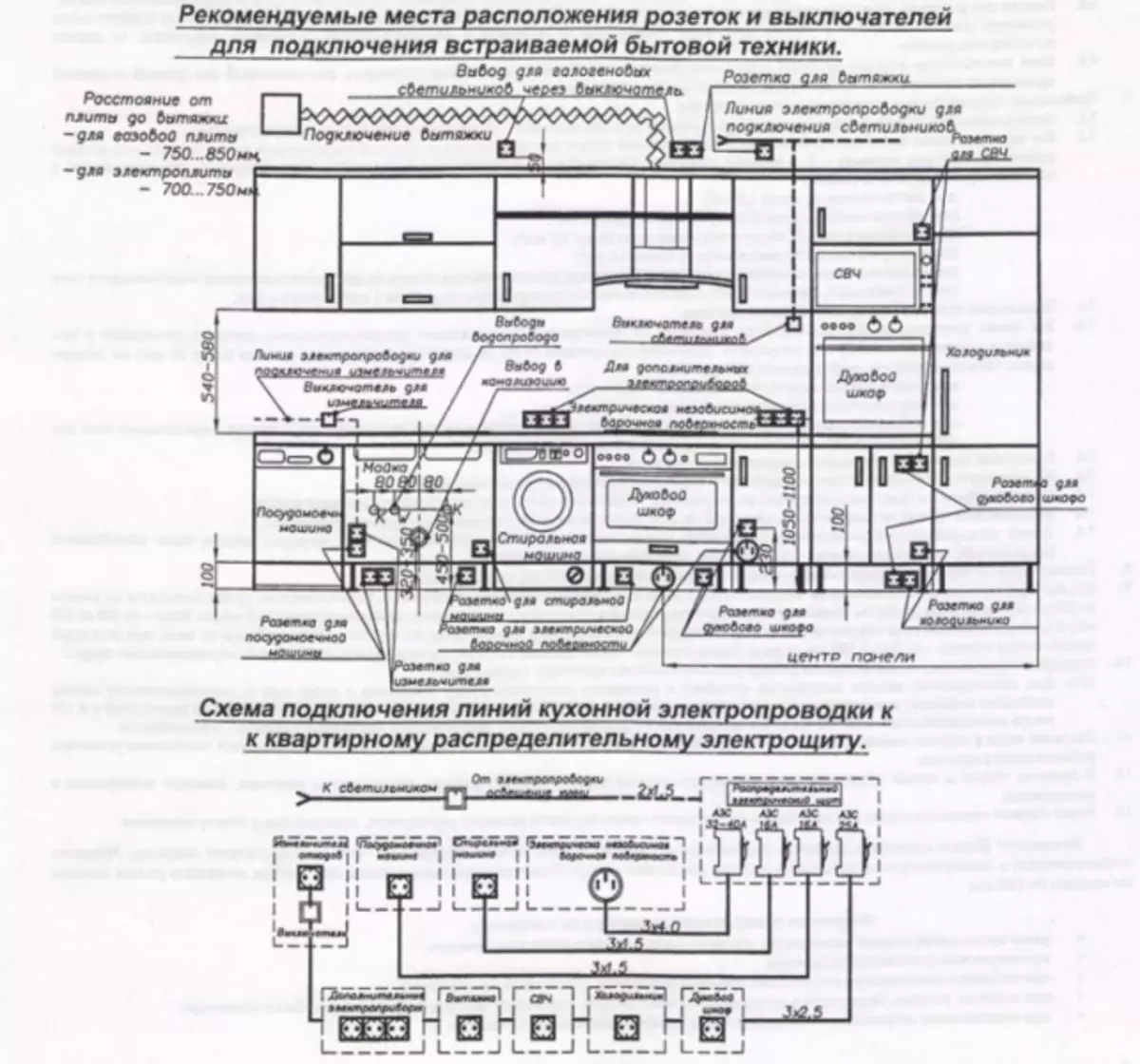
Figure 2. Scheme The location of sockets and switches in the kitchen.
The location of the sockets, switches should be carried out with such moments:
- For such electrical applications, like a refrigerator, hood, stove, oven, dishwasher, you need to install a unit of devices for connecting to power from the power supply. Installation of a separate outlet for continuous or longer use devices is considered mandatory. Since the extension can not be able to withstand the load of connecting multiple devices and can not only fail, but also lead to ignition. In addition, you need to provide additional 2 outlets for connecting the kettle and other any devices (for example, a blender, juicer, etc.). These elements are better spaced near the table (above 1 dm above the furniture surface). The diagram shown in Image 2 shows an exemplary layout of devices for connecting to power supply.
- When making modern kitchen heads, an embedding of electrical appliances is envisaged. In this case, the location of the sockets should be provided in such a way that the device for connecting to the power supply is not closer than 1 dm from the partitions inside the cabinet.
- The distance of the power supply device to the sources of moisture (sink) is taken no closer than 6 dm. Scheme of exemplary outlets, switches for embedded household appliances are presented in the image 3.
- Switches are recommended to be located near the door with a gap from the opening - 1 dm.
Installing devices for connecting to a power supply in the bathroom
When mounting sockets and switches in a room with high humidity, it is necessary to strictly follow the safety regulations.
When installing, it will be useful to know the conditional separation of the bathroom or shower on the zone, according to which the placement scheme of these elements is drawn up.
According to PES, it is customary to allocate such areas of space of the room:
Article on the topic: Features of the office of an advertising agency
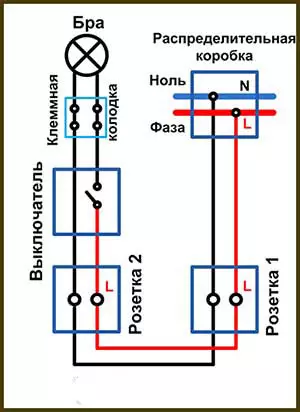
Mounting circuit switch.
Zone 0. Placement area of the bath or shower. In this space, it is forbidden to locate the power supply devices. It is allowed to use electrical appliances for heating a small power bath (up to 12 V).
Zone 1. This is a space adjacent to the bath or shower. It is also not recommended to mount sockets and switches. You can place water heaters.
Zone 2. The area covering the volume of the room in the gap to 6 dm from the bath. It is allowed to install water heating elements, hoods and lighting devices. Mounting outlets, switches and junction boxes are not recommended.
Zone 3. Indoor space in the range of more than 6 dm from the bath or shower cabin. It is allowed to mount sockets while complying with 2 conditions. First: Connecting the power of the device to the current current is carried out by means of a separation transformer. Second: The electricity supply line to the outlet must be equipped with an UzO (emergency shutdown device) or a differential switch that triggered automatically.
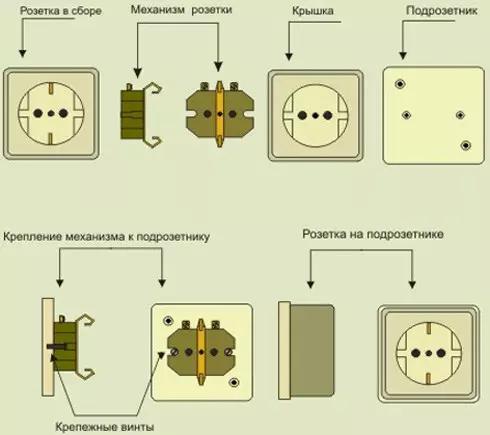
Mounting circuit socket.
In addition, to connect a washing machine to mount a special outlet with moisture protection. The installation height of this element should be more than 5 dm from the floor surface to prevent circuit closure in case of emergency flooding. Devices designed to connect to the power of water heaters should be placed at a distance of 1.8 m from the lower floor of the room.
Switches should not be mounted inside the bathroom. It is better to do outside in the corridor. You can adjust the layout of sockets and switches in the corridor by passing method.
http://dekorspalni.ru/www.youtube.com/watch?feature=player_detailpage&v=47pvx78lcii#t=9
When laying the circuits and installation of items to connect to a power supply, the PEU rules should be adhered to. In addition, it is recommended to get advice from a specialist. The electrical instruction will avoid serious connection errors.
